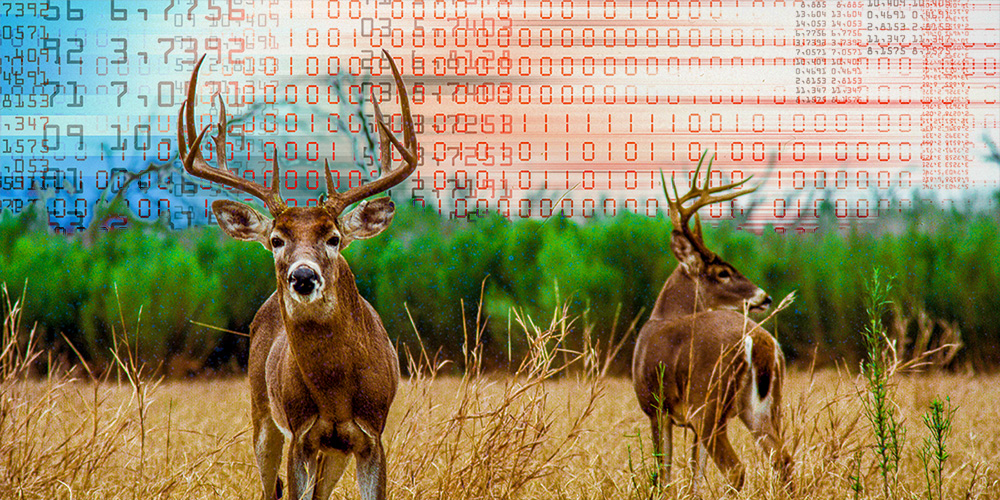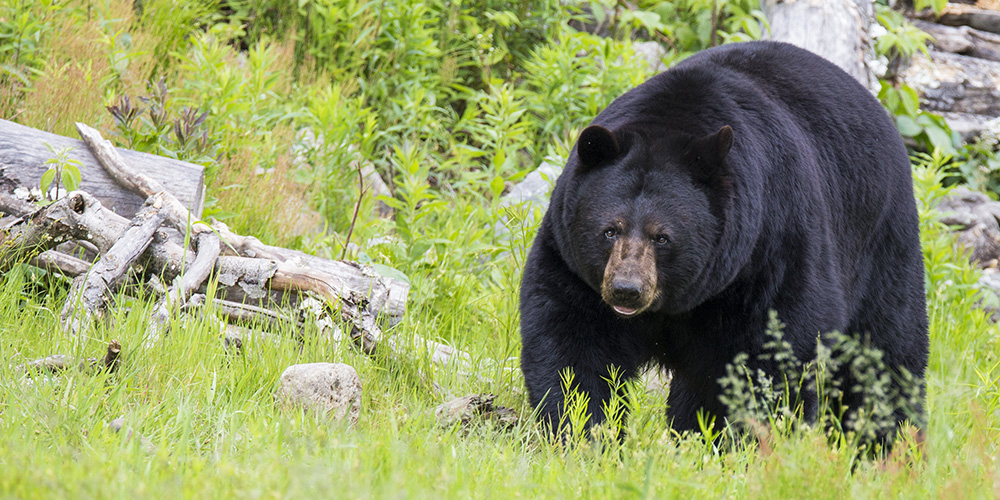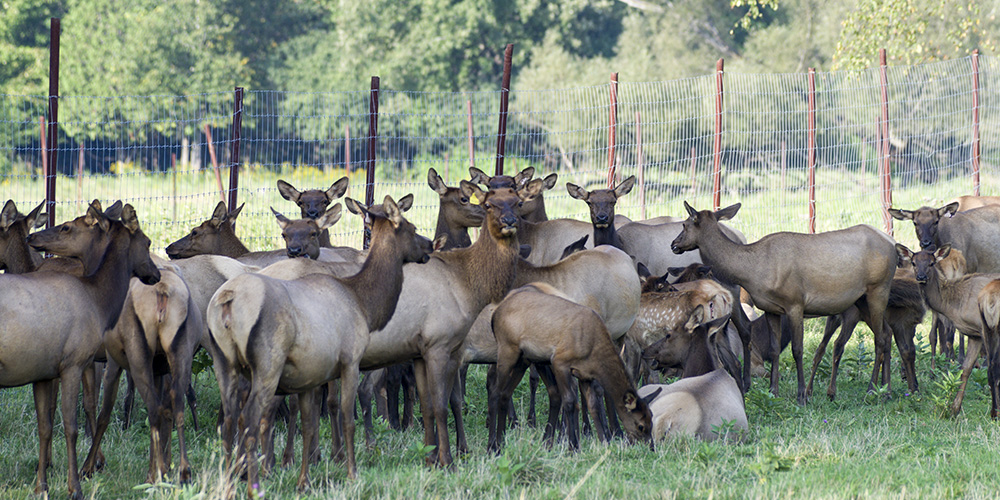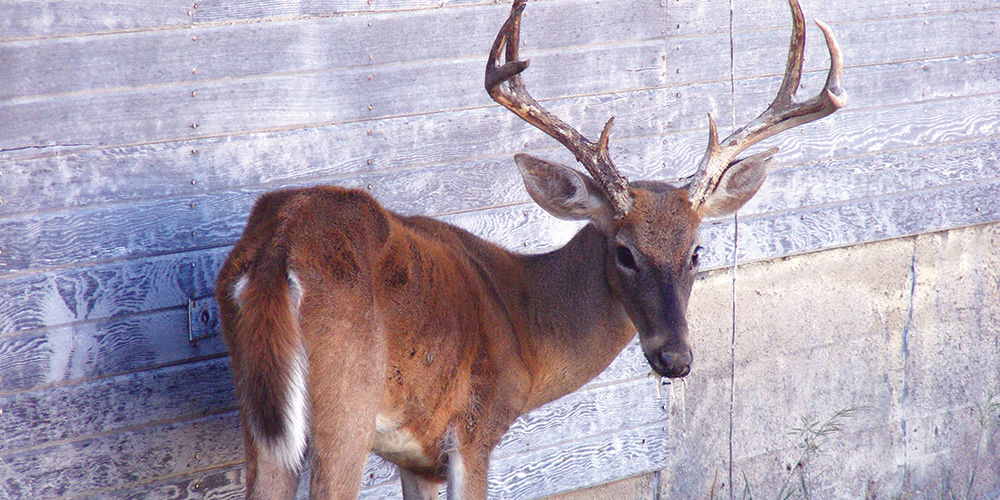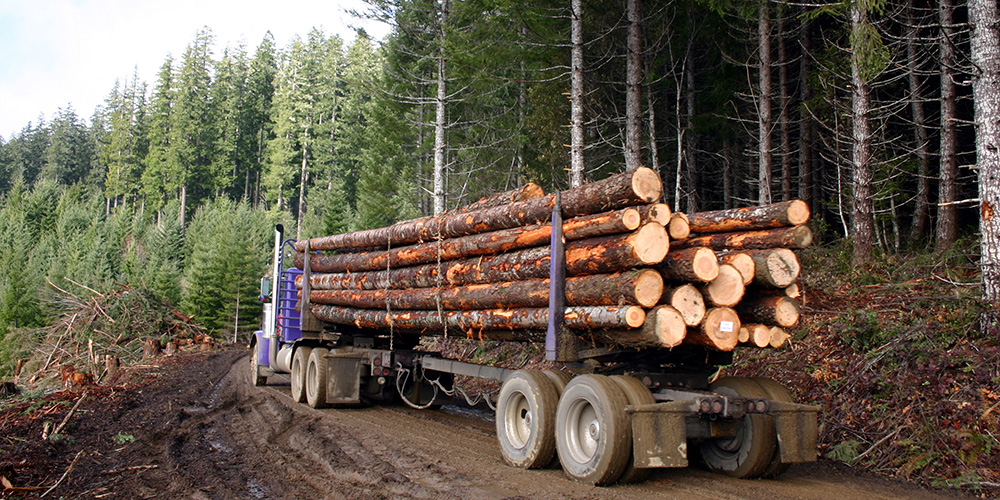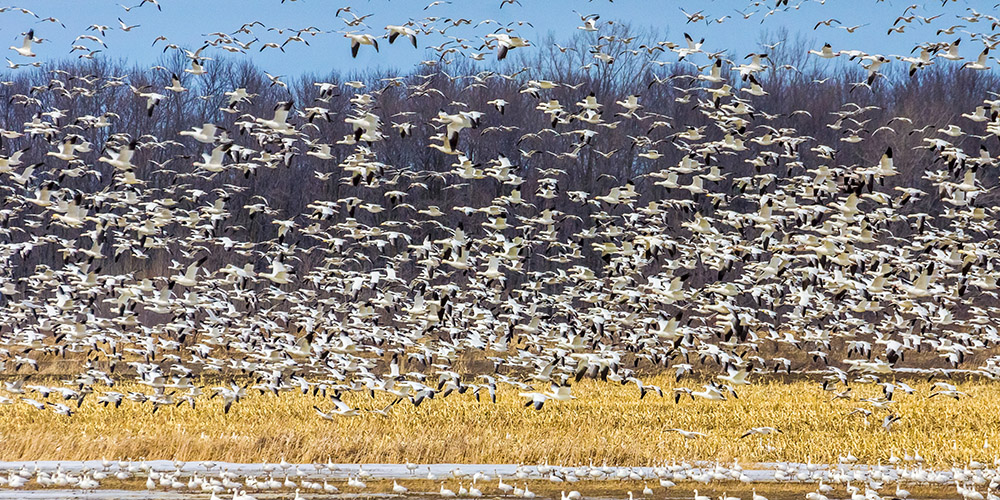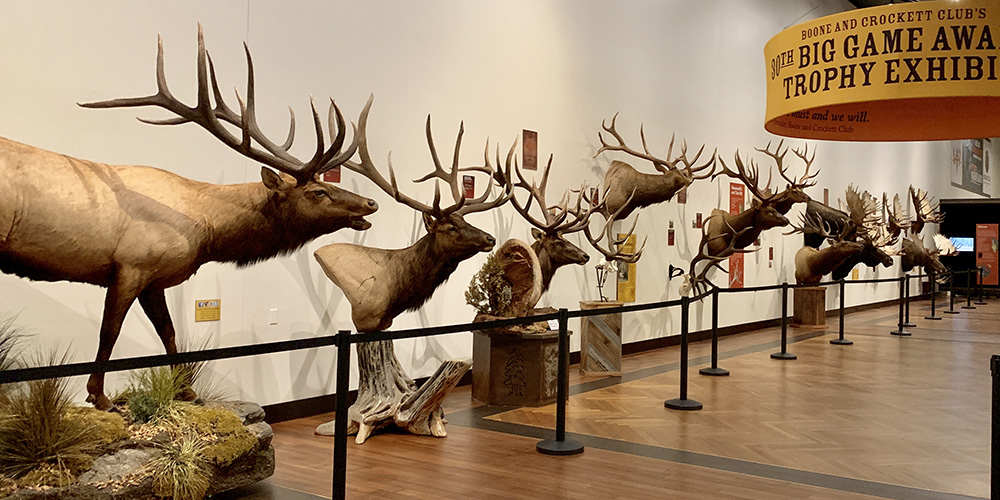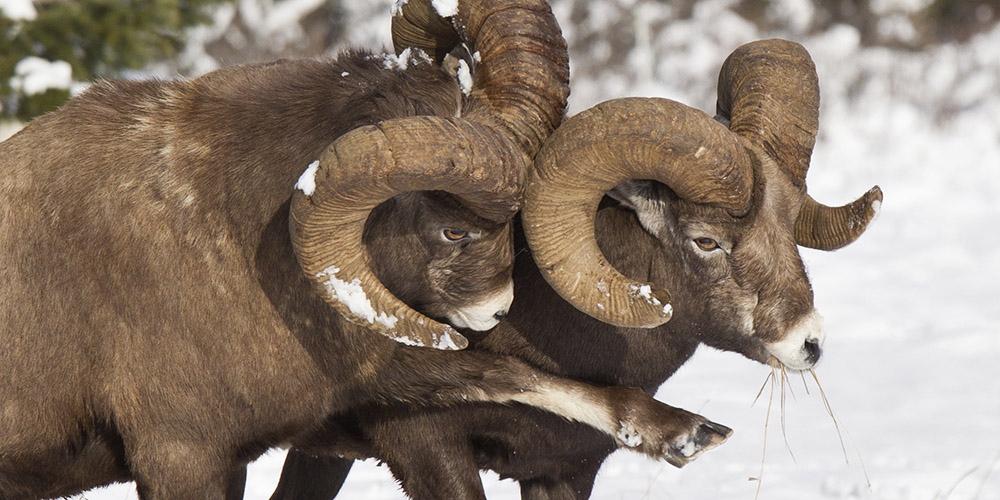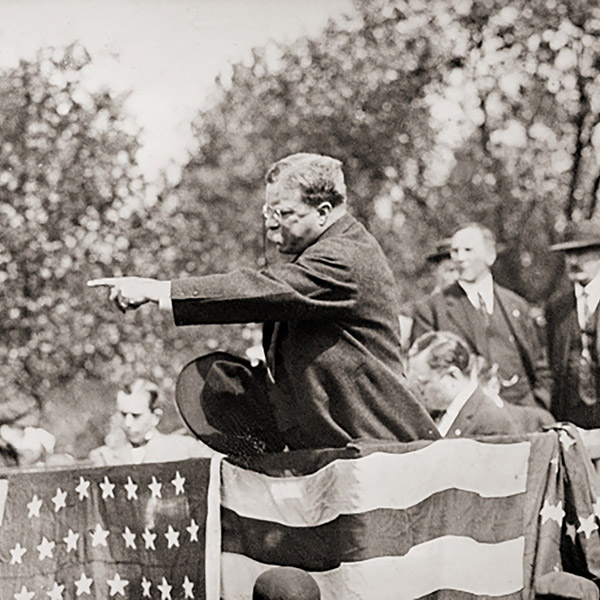
Position Statements of the Boone and Crockett Club
The Boone and Crockett Club publishes position statements to inform and educate people about conservation and hunting issues. Thus, there is no charge for personal and non-commercial use of its position statements, but reprinting or re-use of any portions of a position statement shall credit the Boone and Crockett Club as the source. Any such use shall remain subject to all rights of the Boone and Crockett Club.


